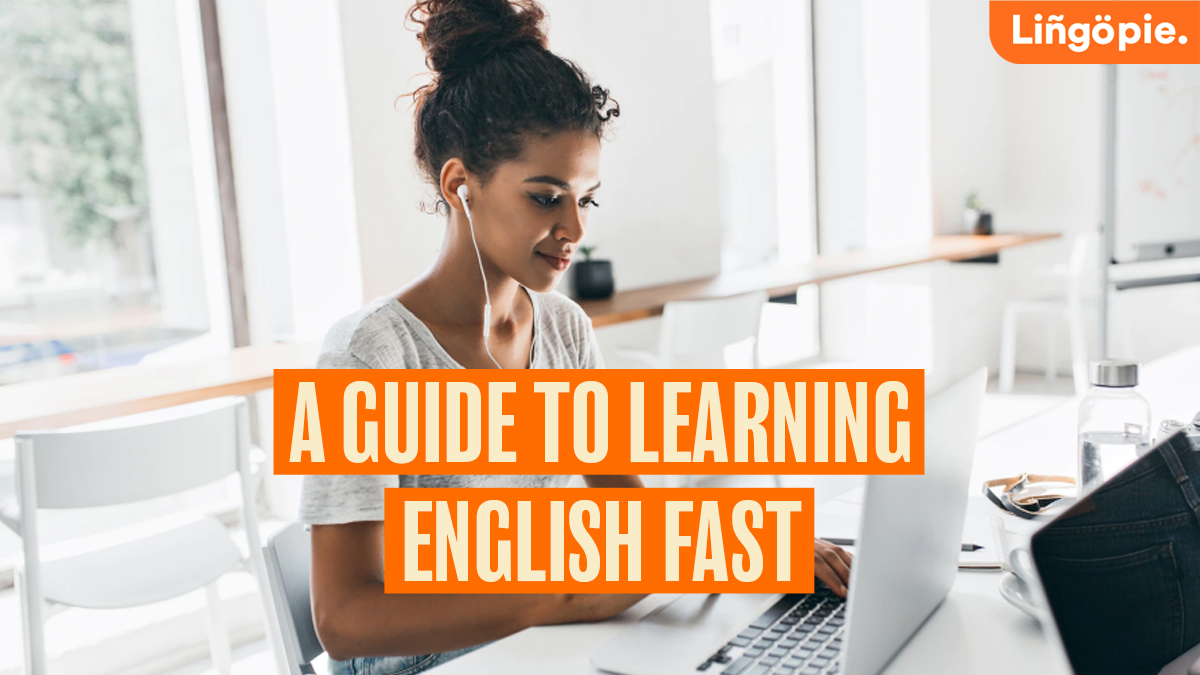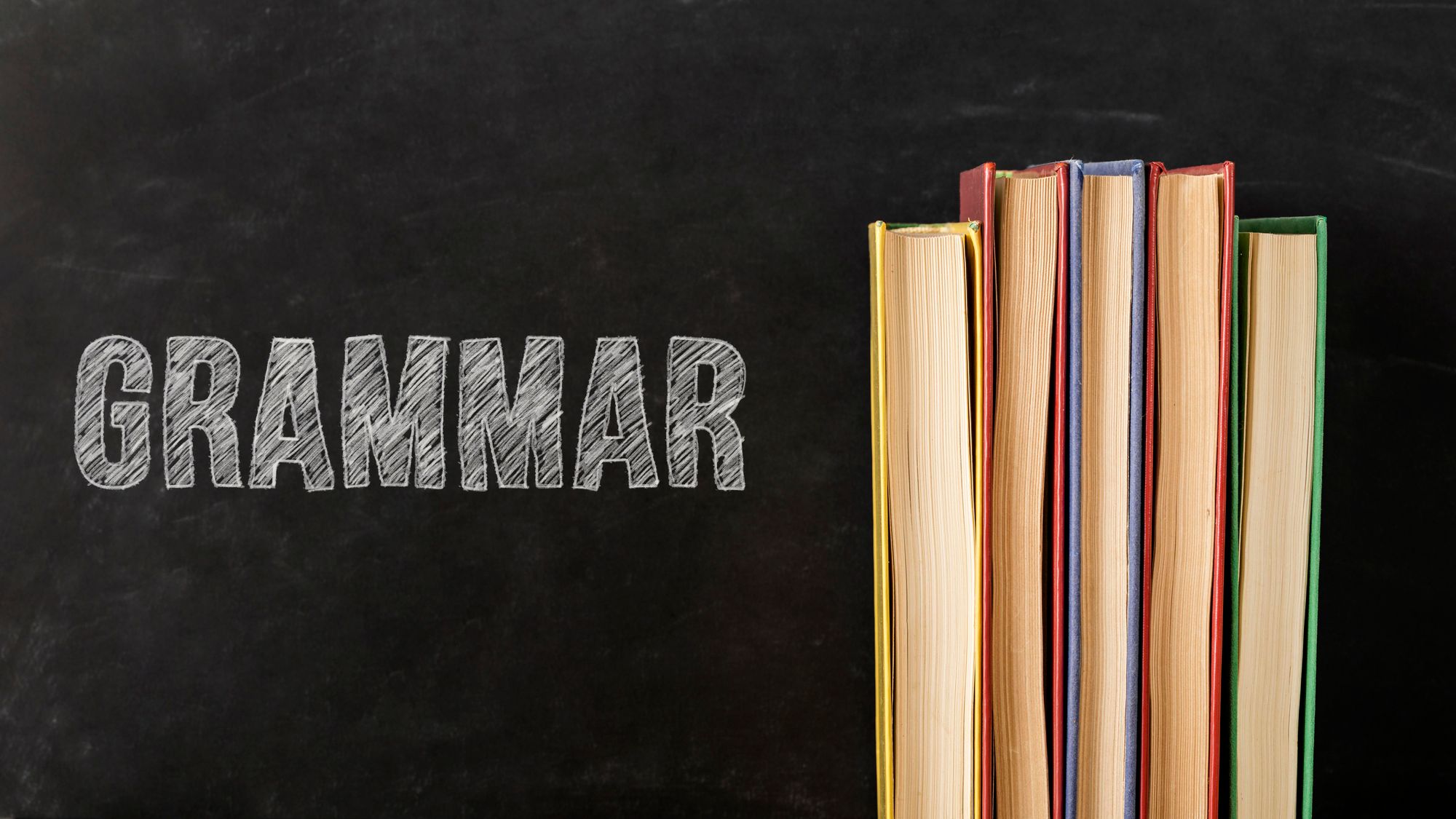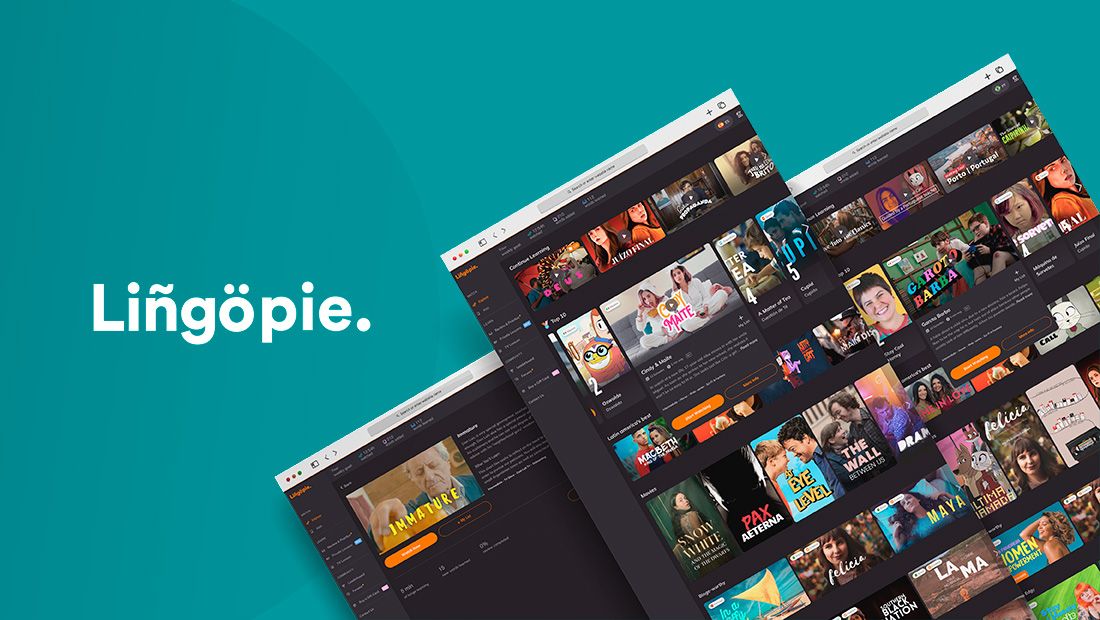The language learning process is not linear, nor does it look the same for every learner. However, there are some key ways that you can make the journey easier, more fun and well-suited to you.
In this post, we will discuss the different methods and resources language learners can employ to maximize language acquisition depending on their learning style and which tools work best for studying grammar, vocabulary, and the 4 language skills: reading, writing, listening, and speaking.
There are many benefits of learning a new language, not limited to opportunities to work and travel overseas. So, which tools and resources should we all have in our language-learning toolboxes?
Your Language Learning Toolbox
Starting to learn a new language can be the hardest part of the process, but there are several different tools that you can employ to kick-start your language-learning journey. Language-learning apps, classes, language exchanges, and traveling are all fantastic tools that learners can use in conjunction to work toward fluency.
You will not master a language using only one language learning program, app, or method. It is important to create a metaphorical toolbox of resources, materials, and study methods from which you can retrieve the most useful tools for that day's learning.
Learners can employ different tools for different learning styles, grammar studies, vocabulary acquisition, reading comprehension, writing, listening, and speaking skills. We will look at each of these areas of language learning below and detail the methods and resources best suited to them.
Different Learning Styles for Language Learners
Depending on your learning style, you will have preferred methods for language learning. Some people prefer aural learning, while others are visual, physical, verbal, logical or social learners. Generally, most learners fit into more than one of these categories.
Identify which styles best suit your personal approach to learning a new language and take advantage of this insight to structure your learning accordingly.
Aural Learners
Aural learners benefit from listening to information and natural exposure to spoken language. They should listen to music and podcasts and watch TV and movies in their target language.
A great resource for aural learners is Lingopie, a streaming platform that offers TV shows and movies in 10 popular languages: French, Spanish, Italian, Portuguese, German, Russian, Japanese, Korean, Turkish and Chinese(Mandarim).
Focus on exposure to comprehensible input. This is content that learners can understand without knowing every word or grammatical feature employed. The idea is that you should watch or listen to content at your level or slightly above.
So if you are learning Spanish at an intermediate level, you can watch movies and listen to songs at an upper-intermediate level to expand your vocabulary and expose yourself to more complex sentence structures.
However, those just starting to learn Spanish will not benefit from watching advanced content, as this is not comprehensible input.
Visual Learners

Language learners who prefer visual learning tools benefit from images, pictures, graphs, and diagrams. If you like to highlight texts in different colors, color-code information, stick post-it notes on the walls and illustrate ideas and concepts, you are probably a visual learner.
Visual learners can also benefit from Lingopie, as they can associate the images of the movie or TV show with newly acquired language. Moreover, picture books and song lyric videos can be great tools for visual learners.
The language-learning app called Drops is designed for visual learners. This app teaches new words with image pairing exercises. Any apps or language-learning programs that employ flashcards as a learning method are excellent for visual learners as well.
Flashcards work through a process called spaced repetition which is very popular in vocabulary acquisition. Repeatedly revising cards that contain important words and phrases moves the information into long-term memory.
If you find that your language classes and other resources are not visual enough for your liking, you can take the learning material and turn it into a cartoon or doodle to help you remember the information.
Then, when you need to recall a word or idea, you can visualize the information you need.
Related:



Physical Learners

Learners who take in information best when they are actively doing a task or moving are physical learners. They benefit from hands-on experiences, pacing while they hear new information, and taking frequent study breaks to get outside and move around.
If you are a physical learner, try recording yourself speaking your target language and listening to the audio while you do the dishes, clean the house, or exercise. You can also make physical representations of the words you are learning, such as clay sculptures, to absorb the vocabulary.
Any opportunities for active learning should be seized, such as visiting the country in which your new language is spoken or visiting a restaurant, museum or theatre that celebrates the language's culture and history.
Take advantage of language exchange events to get out and meet other speakers of the language you are learning. You can find exchange partners on social media or sites like iTalki.
Verbal Learners
People who work best with words, both written and spoken, are verbal learners. These learners are generally good public speakers, writers, and debaters. Tasks such as presenting information in a foreign language, having dialogues, and writing diary entries are great for these learners.
Verbal learners can use apps like iTalki and Tandem to find online tutors or language exchange partners to practice speaking with. iTalki connects you with language teachers around the world who can tutor you at an affordable rate in your language of choice.
Tandem is a free app that connects you with people who want to learn your native language and who are also native speakers of the language you want to learn. Talking with these people is mutually beneficial as you can speak both languages and develop your language acquisition together.
These online resources are excellent for verbal learners who want to learn pronunciation and work on their listening and speaking skills. Reading and writing practice can be achieved by emailing or writing letters to your language exchange partners.

Logical Learners
Logical learners love to notice patterns in their studies and work well with structure, graphs, lists, and order. For these reasons, formal learning settings such as language classes might suit these learners.
Language classes often follow a set structure and schedule for learning that is designed to optimize the learning experience. Learners will know in advance which aspects of the language are going to be studied and when.
Moreover, online courses and classes generally have textbook-style resources that use technical diagrams and explanations for grammar rules and other language points.
Logical learners prefer to understand why a grammar rule is the way it is, rather than simply accepting it or memorizing sentences without fully understanding their structure.
These learners can benefit from writing out verb conjugations, making tables of irregular verbs, and listing useful vocabulary in logical groups.
Moreover, having a private tutor who can explain grammar rules and language points in detail can be very fulfilling for logical learners.
Read Also:



Social Learners
Finally, learners who thrive when they have company and people to collaborate with are social learners. Having discussions about the learning material and doing group projects can be super beneficial for these learners. Language classes are a great environment for social learning.
Social learners will benefit from attending language exchange events and using the language exchange apps mentioned above (iTalki and Tandem). Talking with a native speaker is an excellent way to develop natural language use and learn colloquialisms.
In addition, learners can get immediate feedback from their language partners about pronunciation or incorrect word use. This is a key aspect of language learning and this collaboration can also lead to long-lasting friendships.
Other approaches to language learning that might suit social learners are traveling to countries in which their target language is spoken and meeting locals, asking friends or family to quiz them on new vocabulary, and making presentations about learning content for classmates.
Grammar Studies
This is an aspect of language learning that many learners find challenging and even dull. However, with the right tools that are suited to your learning style, grammar can be accessible and fun.
Language learners can use YouTube videos or Tiktoks on grammar points to deepen their understanding of core concepts. Watching entertaining video content is one of the more fun ways that learners can take in grammar without being overwhelmed or bored.
Learners can also quiz one another on grammar rules. Get a learning partner, from class or online, and take turns asking each other a grammar question. Do this weekly and see who gets the most points. This is a fun way to stay motivated while you learn.
The Rosetta Stone app is also very helpful for learning grammar and vocabulary at a basic level. This is a great tool, particularly for beginners and lower-intermediate learners.

Vocabulary Acquisition
There are several ways that you can learn vocabulary faster and more effectively. It can be challenging to build a mental bank of foreign words if you struggle with the alphabet or pronunciation in your new language. Try to use learning methods that involve exposure to both spoken and written language.
One way to learn new vocabulary is to employ rote learning. This is the process of repeating information that you want to memorize until you can recall it easily. If you have a list or flashcards of useful vocabulary that you want to remember, repeating it out loud until you learn it all is an approach that might work well for you.
Some academics criticize rote learning and promote learning vocabulary more naturally, through exposure. If this method suits your learning style better, you can engage with content that uses your target language and immerse yourself in the music, podcast, book, movie, or other content of your choice.
Speaking to natives is also a great way to learn new words and phrases authentically in a second language.
Foreign Language Skills
Reading
Reading level-appropriate foreign-language literature is a key tool for learning a new language. Newspapers, poems, books, and even subtitles on movies will all contribute to your learning. The StoryLearning courses online are a great tool.
Writing
Learning to communicate with the written word is as important as speaking. If your target language has a different alphabet, online courses on foreign writing systems can be a good starting point. Moreover, start a journal in a foreign language and keep your writing for future study.
Listening
If you have trouble understanding music, podcasts, or lectures in your target language try out Pimsleur. This app is very focused on listening comprehension. The app is structured around thousands of audio clips of native speakers. You can learn on the go as most of the content is audio.
Speaking
When you are learning a new language, getting confident speaking is often the scariest part. AI language learning software in apps like Duolingo and Rocket Languages can provide instant feedback on correct pronunciation, and language exchange partners are your most valuable tool.
FAQs: The Best Way to Learn a Language
How can I teach myself a new language?
A great way to learn a new language independently is to engage with entertaining content, such as the movies on Lingopie. This method is enjoyable and does not feel like studying, but the grammar and vocabulary are naturally absorbed. Moreover, learning apps and flashcards are great tools.
Can I learn to speak a foreign language as well as native speakers?
If you want to learn a new language to an advanced level, it is recommended that you use several learning tools in conjunction. This is the best way to learn a language quickly and start sounding like a native speaker.
Does my native language impact how well I learn different languages?
Yes, a language learner who speaks a Romance language will learn another Romance language faster than a native Chinese speaker, for instance. This being said, any learner can learn any language they put their mind to.

Summing Up: The Best Language Learning Methods
You should have a good idea now of which learning styles suit you best and which learning tools you need in your toolbox. Remember, the more tools you use, the more profound your learning experience will be.
Aural, visual, physical, verbal, logical, and social learners all benefit from different methods and resources designed to learn a new language. Understanding what kind of learner you are is the first step to learning a language fast.
The diverse tools available for learning different languages can be employed to develop your vocabulary and grammar acquisition, as well as reading, writing, listening, and speaking skills. Learn a new language the best way with a toolbox full of great resources.





![20+ Easy Spanish Slang Words And Phrases [Guide]](/blog/content/images/2022/12/Slang-Words-and-Phrases-in-Spanish-1.png)

![5 Official Spanish Language Tests To Show Your Proficiency Level [Guide]](/blog/content/images/size/w300/2025/06/Spanish-Language-Tests.jpg)
![Why Memorizing Spanish Words Won’t Make You Fluent [Tips]](/blog/content/images/size/w300/2025/06/how-to-practice-spanish-vocabulary.jpg)
![How to Improve Your Polish Conversation Skills [5 Best Tips]](/blog/content/images/size/w300/2025/06/improve-polish-conversation-skills.jpg)
